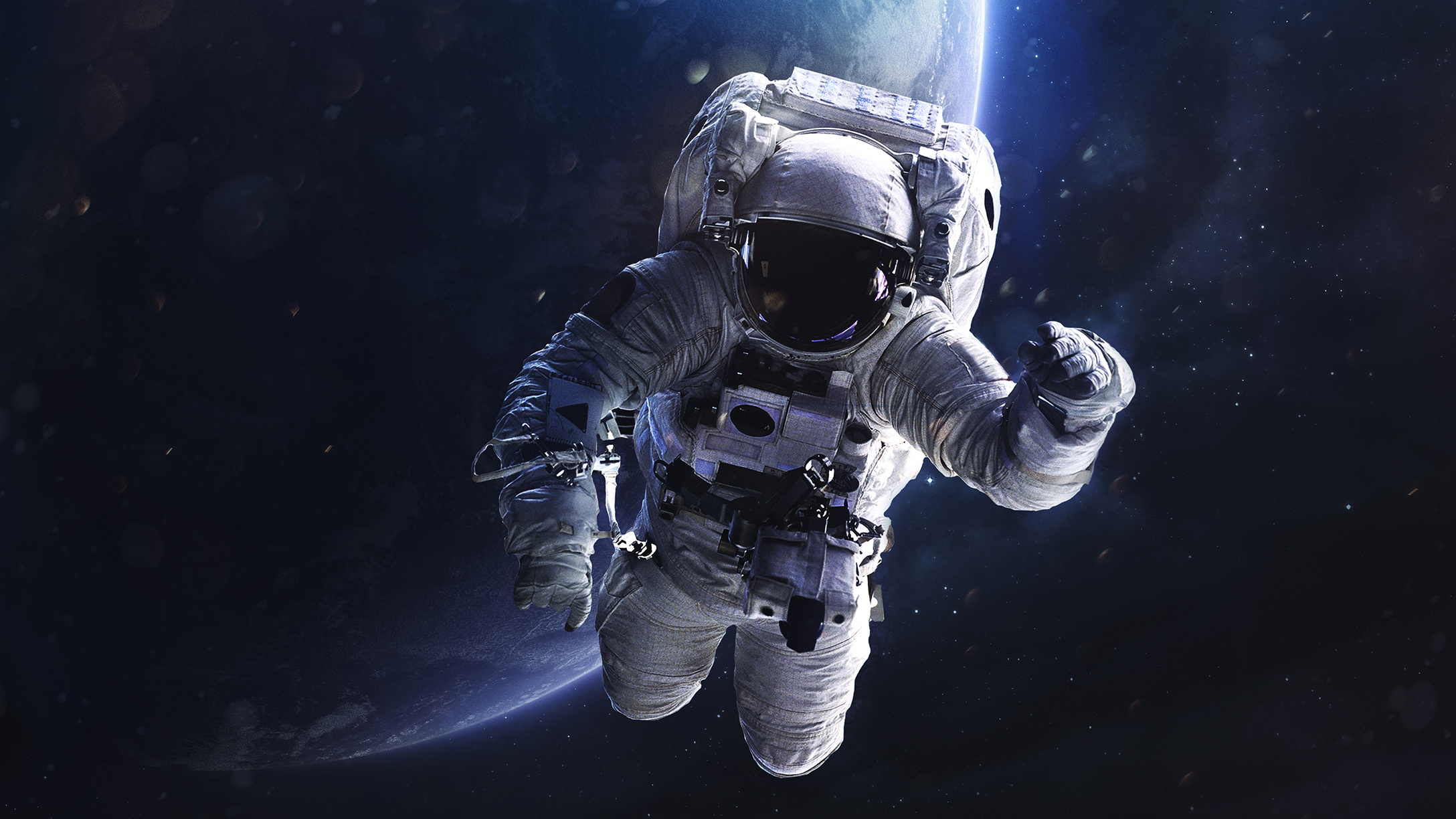
There are a lot of misconceptions in popular culture about space, astrophysics, and what's possible versus what's probable. Not to ruin your love of space travel movies and graphic novels, but some of that stuff is straight-up impossible.
Space makes you float
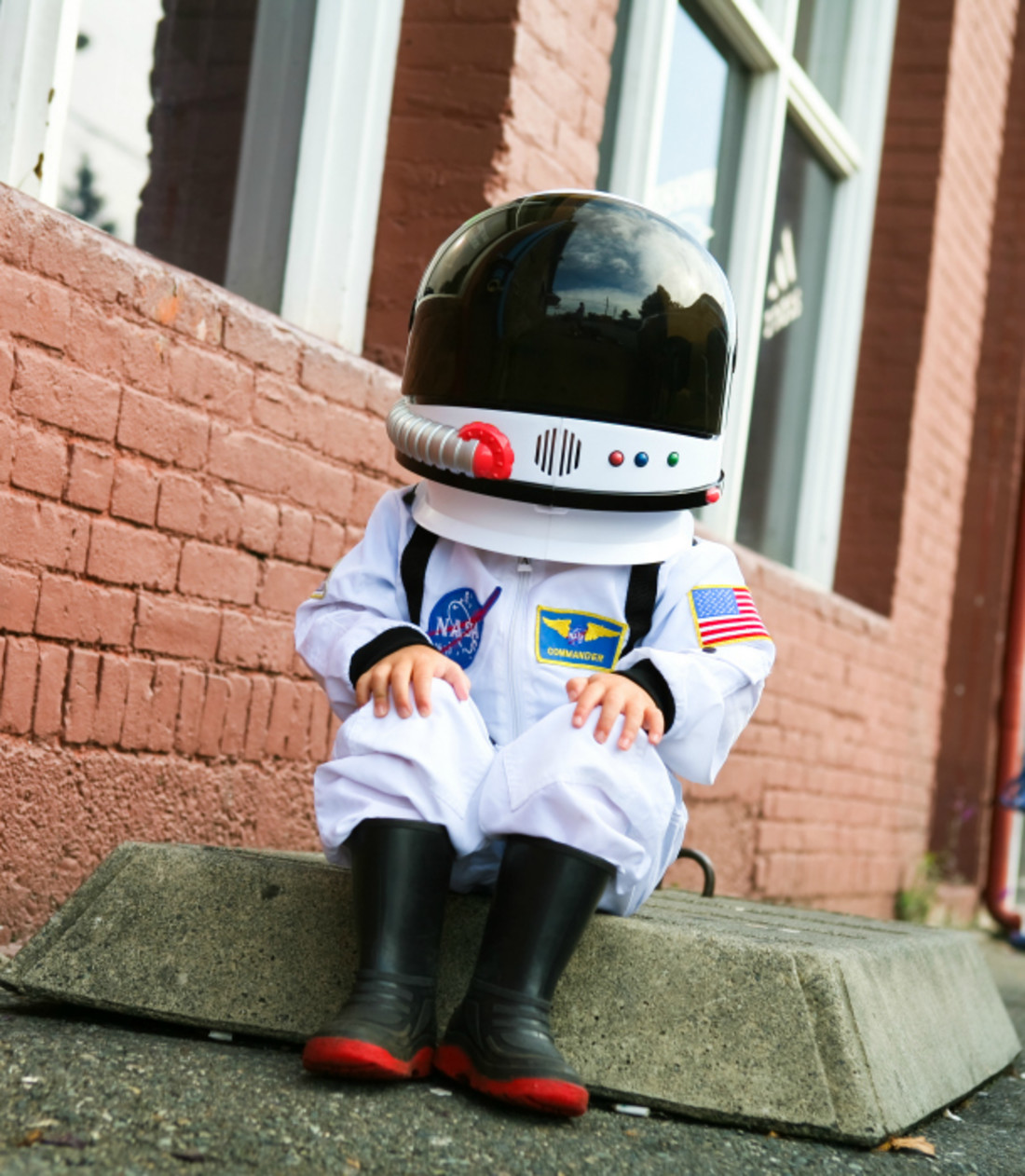
It's a misconception that space makes you float. This might sound like a technicality, but it's important to understand what's going on. Objects in Earth's orbit aren't just floating out there. The reality is that they're falling. They don't plop straight down onto Earth because of one thing: speed. Their orbital velocity keeps them moving around in space (for "floating" astronauts, it's the spacecraft that's orbiting). So, they're falling around Earth, not onto Earth.
Asteroid belts are a threat
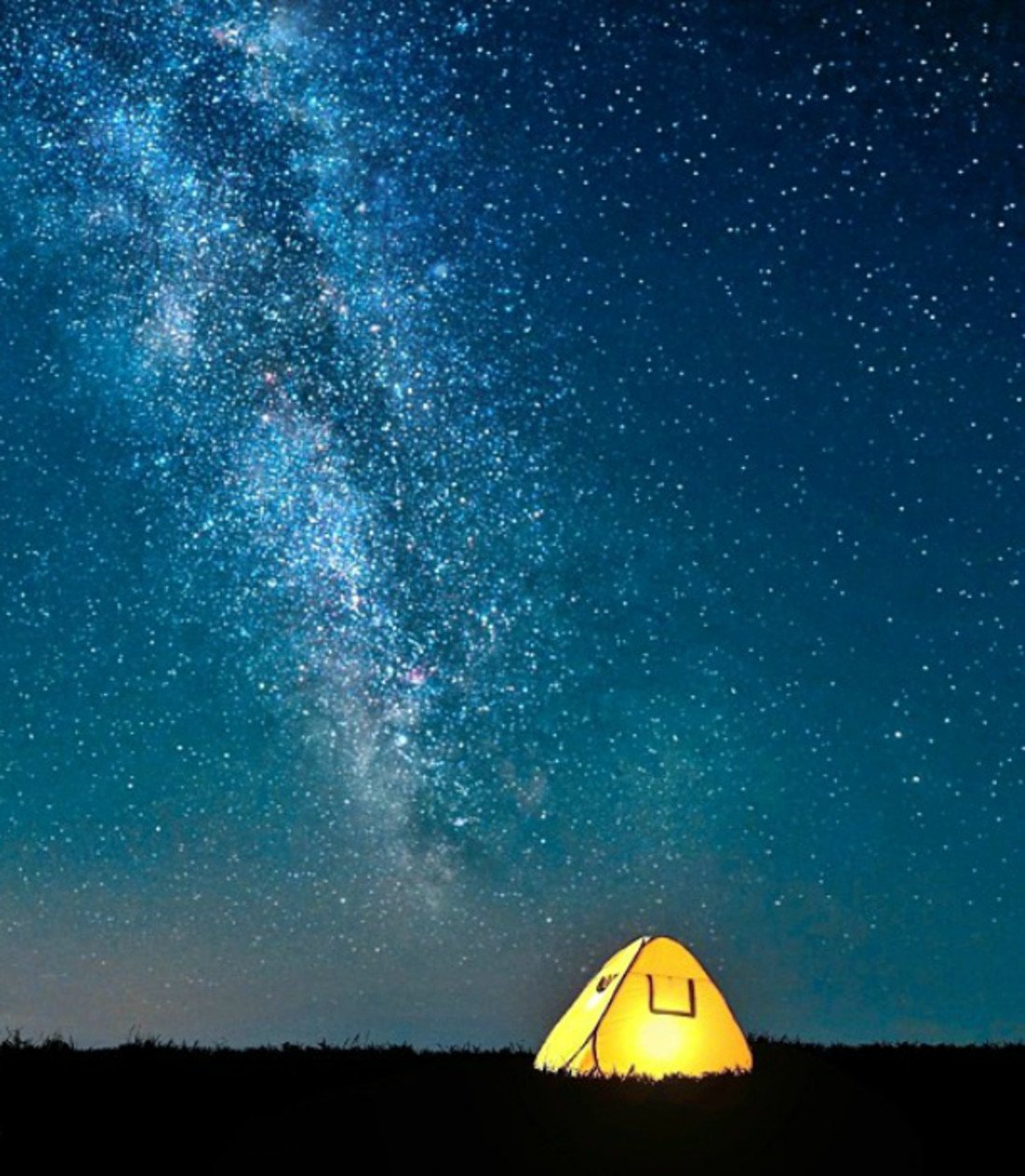
You'd think a spacecraft would be doomed if it had to speed through an asteroid belt. In fact, it's a common plot twist in many space movies. But the fact is, you could probably survive it. The nearest asteroid belt is between the orbits of Mars and Jupiter, and the distance between those is about 600,000 miles. (Definitely easy to squeeze through.) If pushed together, the asteroids that make it up would be smaller than the size of the Earth's moon. Just a little dust-up.
Jupiter orbits the sun
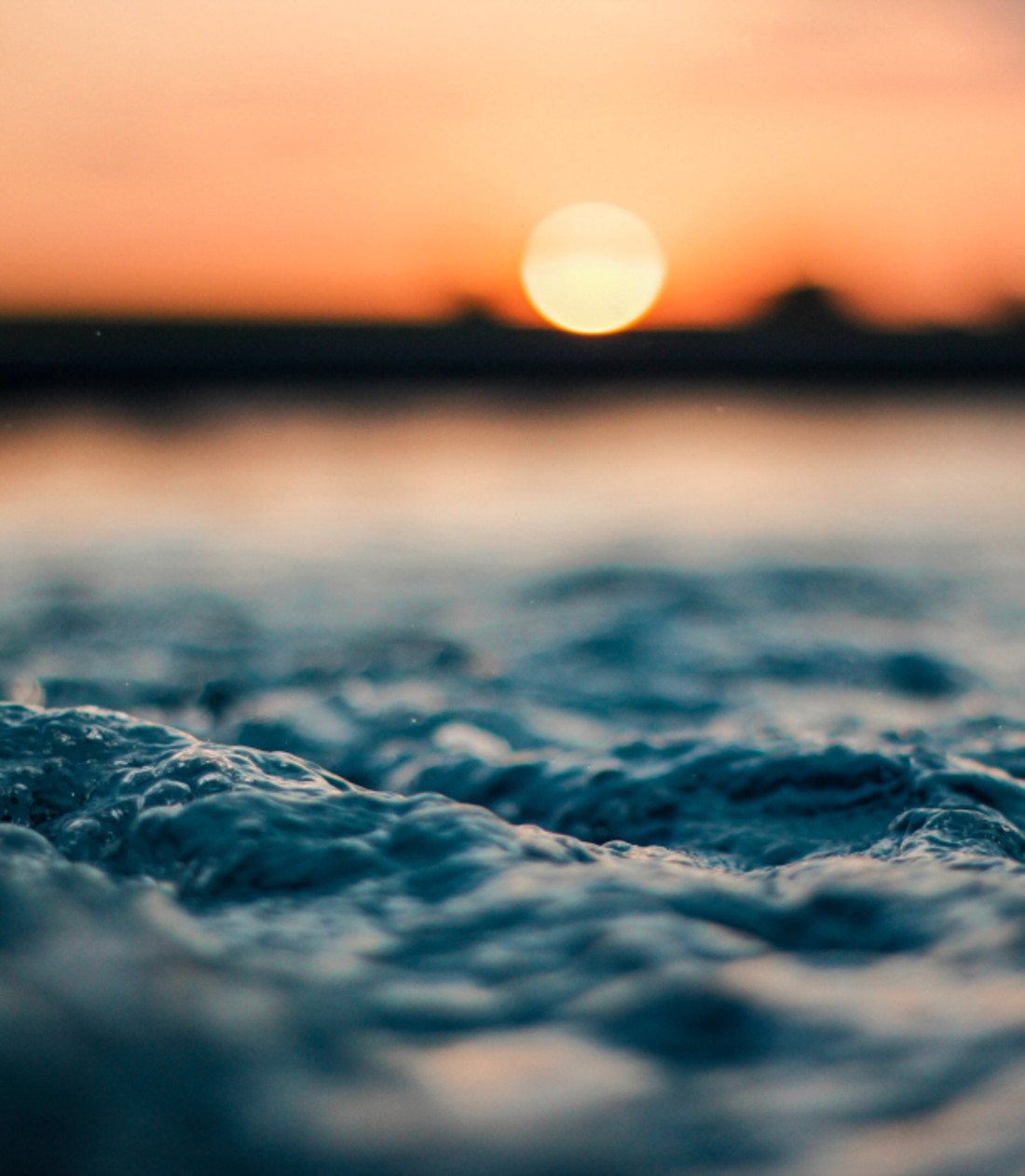
Here's a stunner: Jupiter doesn't orbit around the sun. At least not if you go by the true definition of "orbit."
This is how National Geographic explains it: "When smaller objects orbit bigger objects, the smaller object doesn’t travel around the larger in a perfect circle — both objects orbit a meshed centre of gravity. In a way, they meet in the middle. This isn’t the case with Jupiter."
Instead, the center of gravity between the sun and Jupiter is just above the sun's surface, not inside of it. (So, Jupiter technically orbits around a space just above the sun.)
A space shuttle landed on the moon
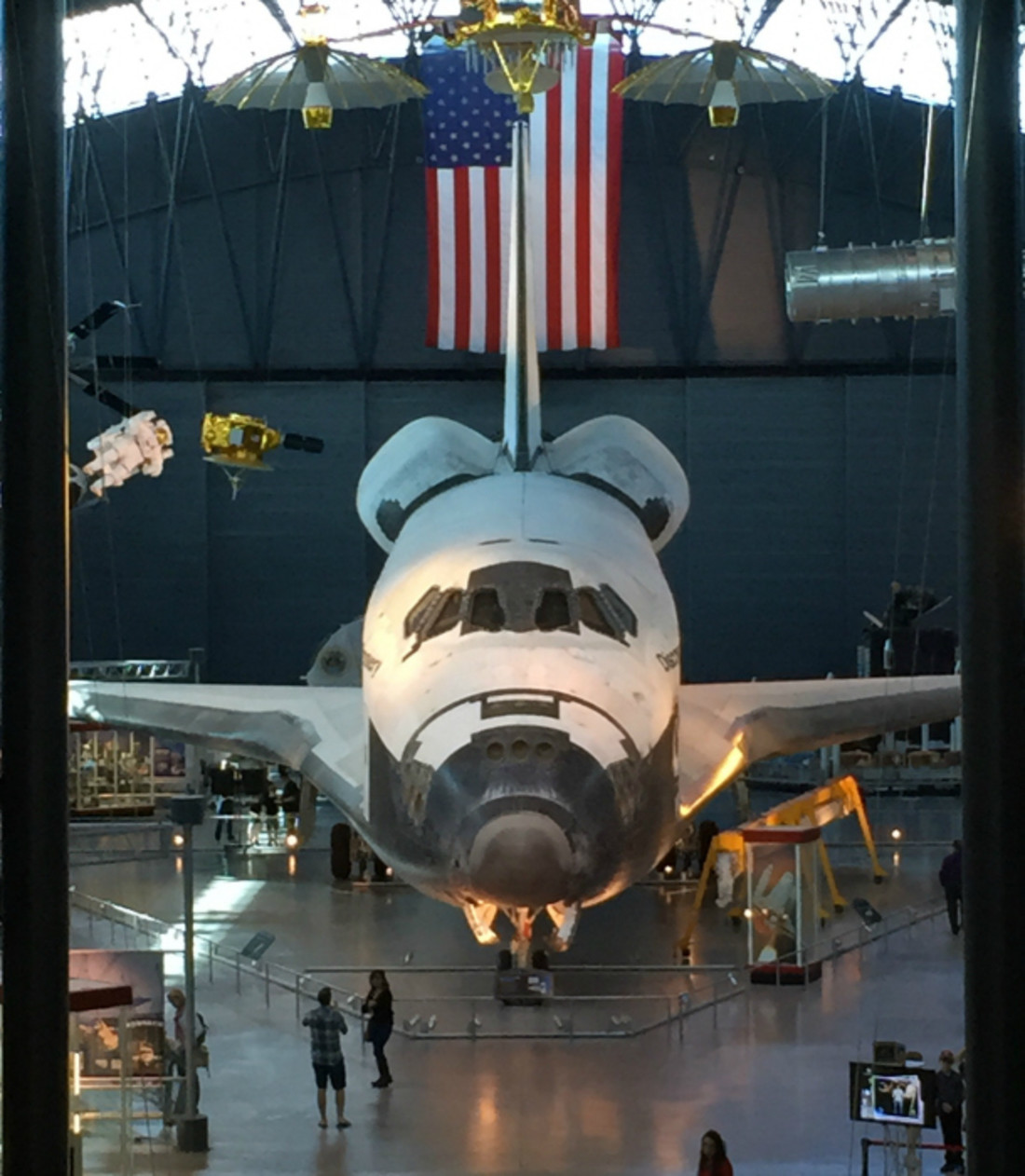
US moon landings and NASA's space shuttle programs were separate accomplishments in space that do not overlap in time. So, no space shuttle has ever landed on the moon — no matter how fun that sounds. That's not what they were designed to do.
Space isn't that big
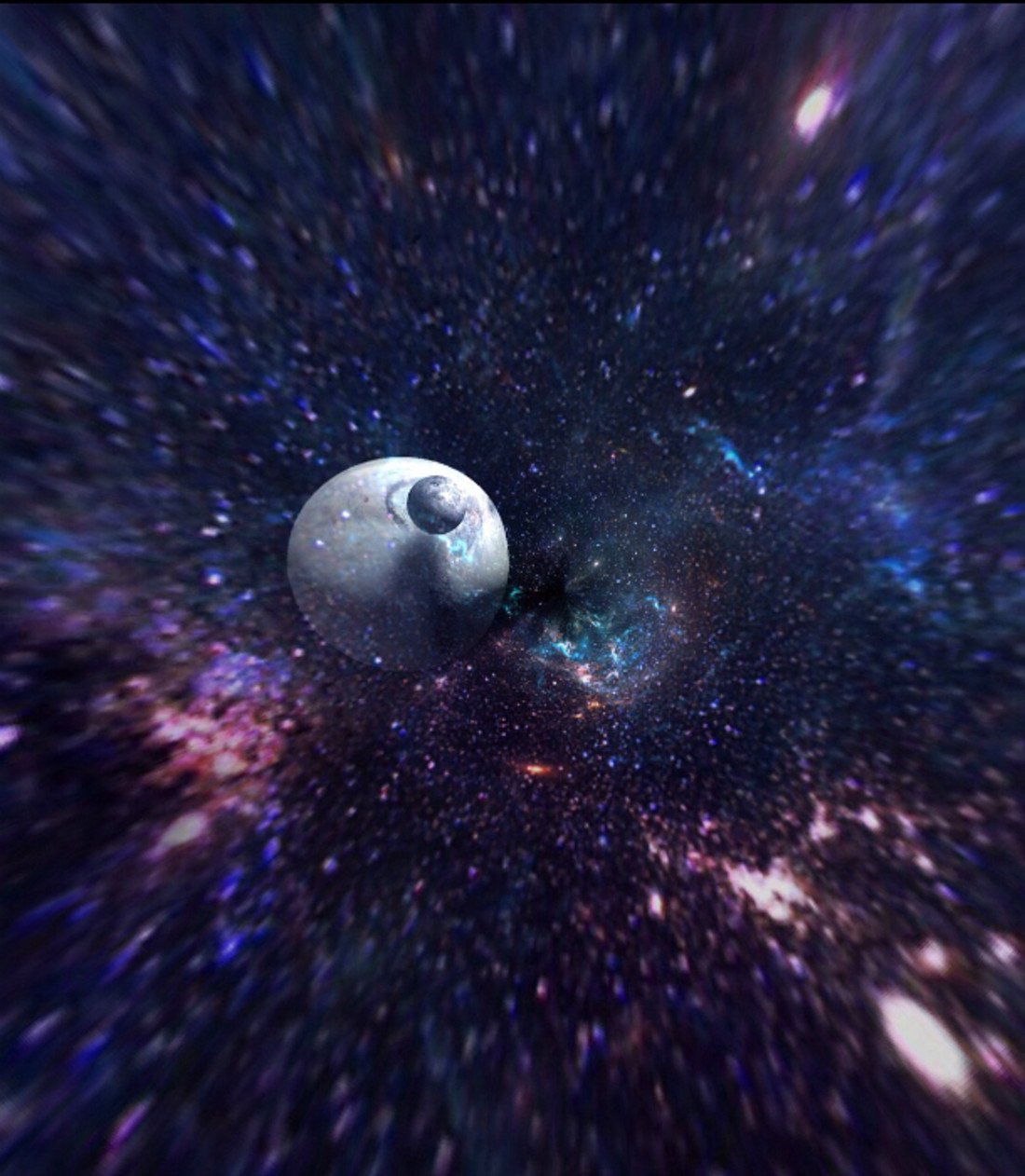
We often talk about travel to Mars as if it's just like a trip to the moon, itself a fairly distant place. But space is huge — way bigger than is easy for us to conceive of. Scientists think it's at least 7 trillion light years across. That quick trip to Mars? It takes about 7 months, depending on how close Mars is to Earth in its orbit.
Radiation belts are impossible to pass through
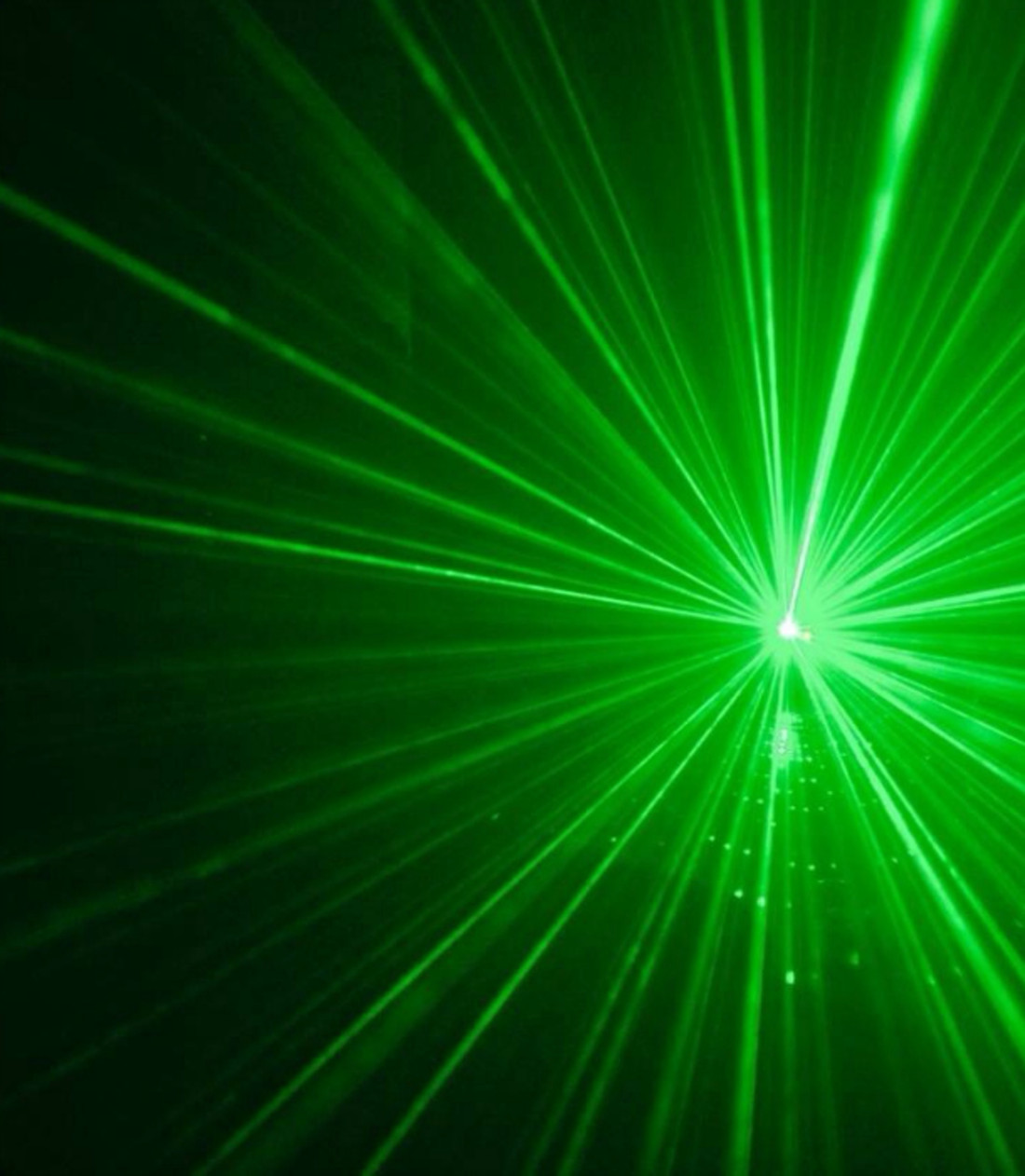
Probes launched in 2012 to study Van Allen Radiation Belts upended a long-held belief that radiation belts couldn't be traveled through. The study found that in certain parts of the belts, there is less radiation than previously thought. So, spacecrafts and humans would need much less radiation protection to travel through them.
Interstellar travel is possible
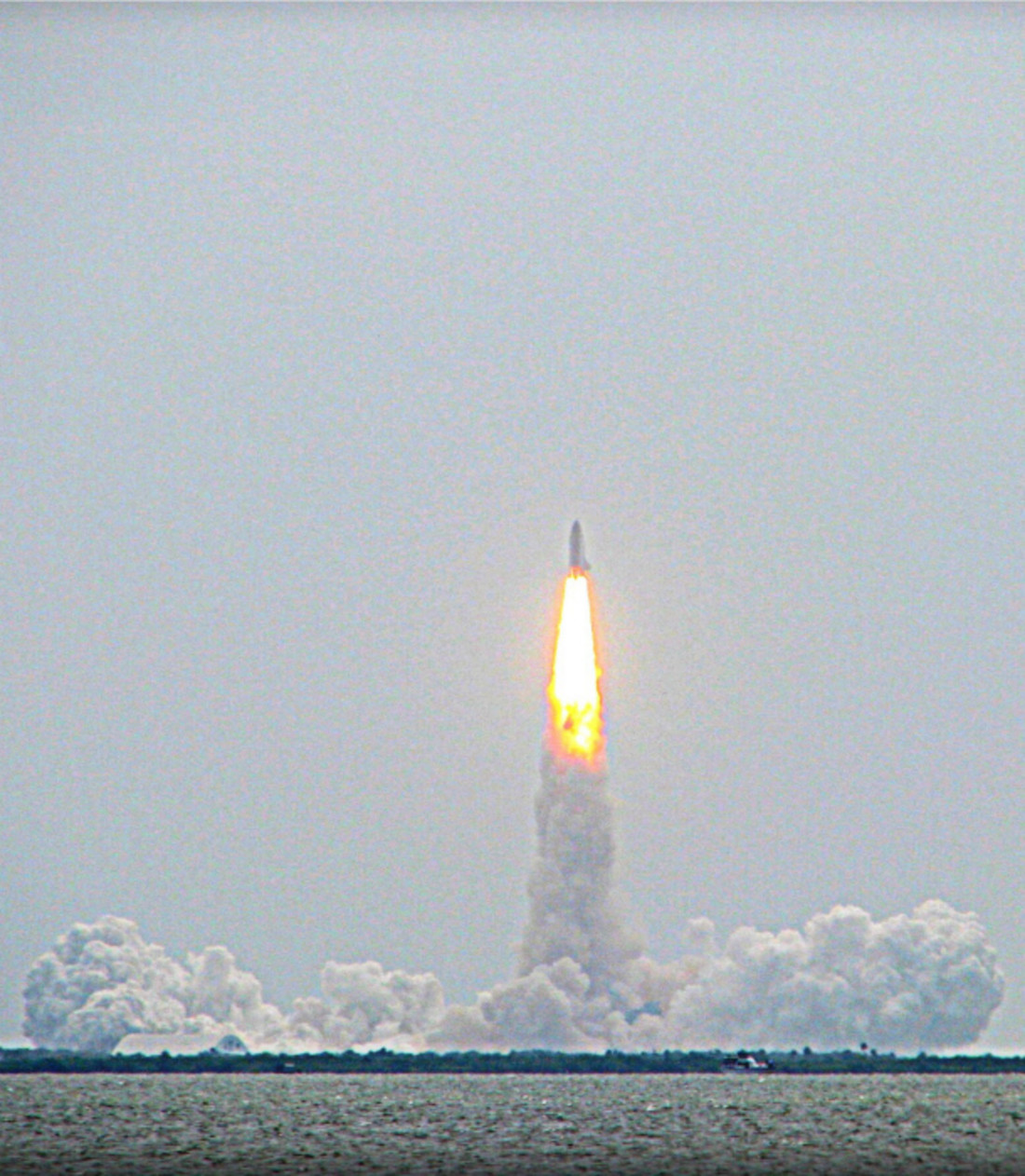
Space-travel movie fans look away: Interstellar travel is just not going to happen. Certainly not in our lifetimes and probably not ever. There is no conceivable technology that would permit it. And the logistics? The realities? Hardly playing on the strengths of humans. First, as Scientific American explains, there's the problem with damage caused when spacecraft collide with things — even really tiny things. Space shuttles took a beating over the course of their programs. Space isn't just a big emptiness, and running into things would thwart the mission. Also, the time frame required for space travel is problematic; we'd be traveling not for months or years but generations.
Bodies were made for zero gravity
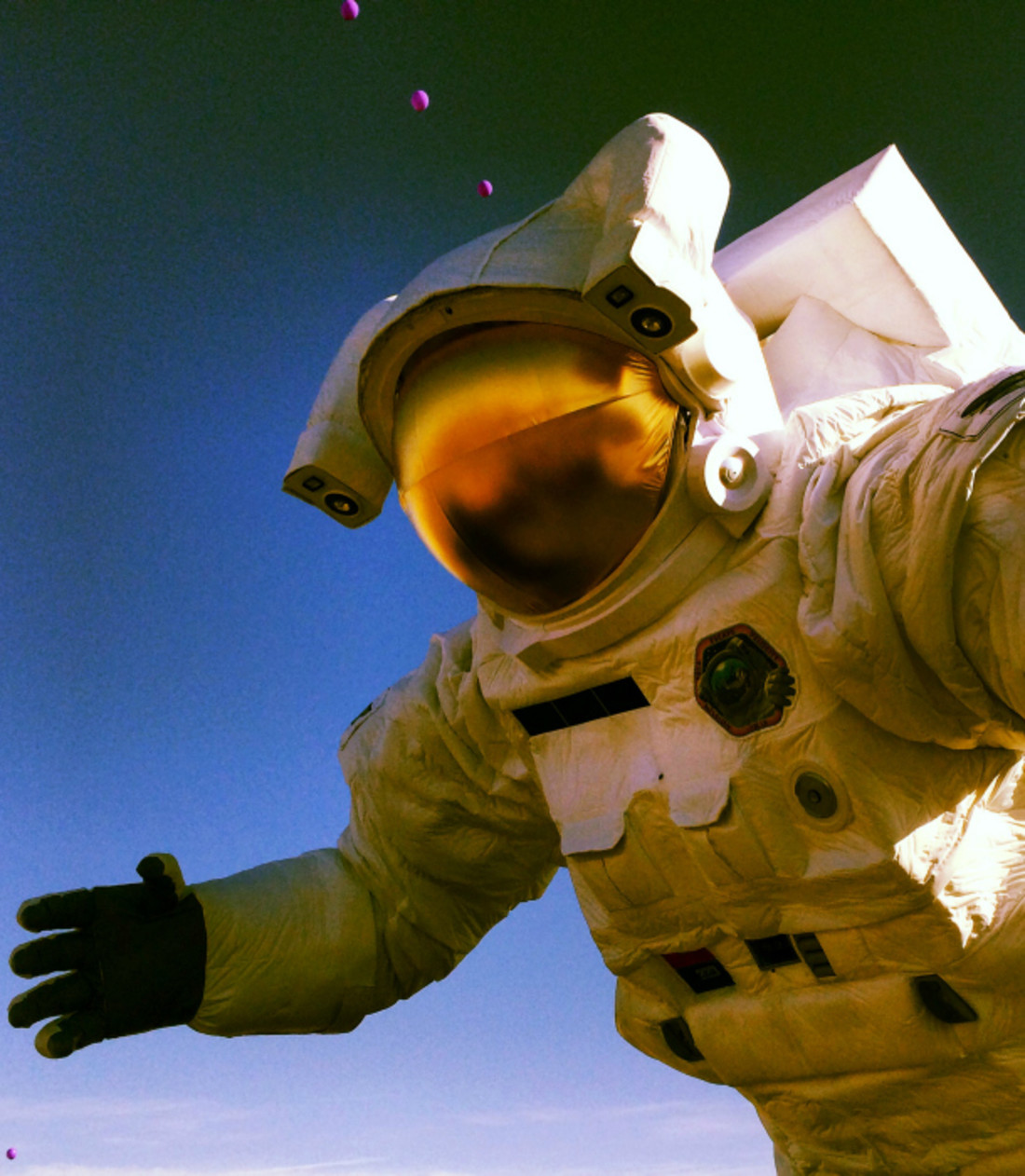
With less gravity to work against, muscle and bone loss happen rapidly. So, say you don't mind becoming spindly, your body would still have to deal with the calcium buildup from the bone loss — which will give you kidney stones. Ouch! There's also the impact that decreased gravity has on our circulatory system. Turns out, we evolved to optimize bodies at the gravity we have here on Earth. Less gravity means more body problems.
There are only 3 states of matter

Solid, liquid, gas: the three states of matter, right? That's a nice list but not an exhaustive one. Another state of matter is plasma. Plasma is sometimes thought of as a subset of gases, but because of the way the atoms and molecules that make it up behave, it's a different state. It's also the most abundant state of matter in the universe. It's what makes up the sun!
There is a dark side of the moon
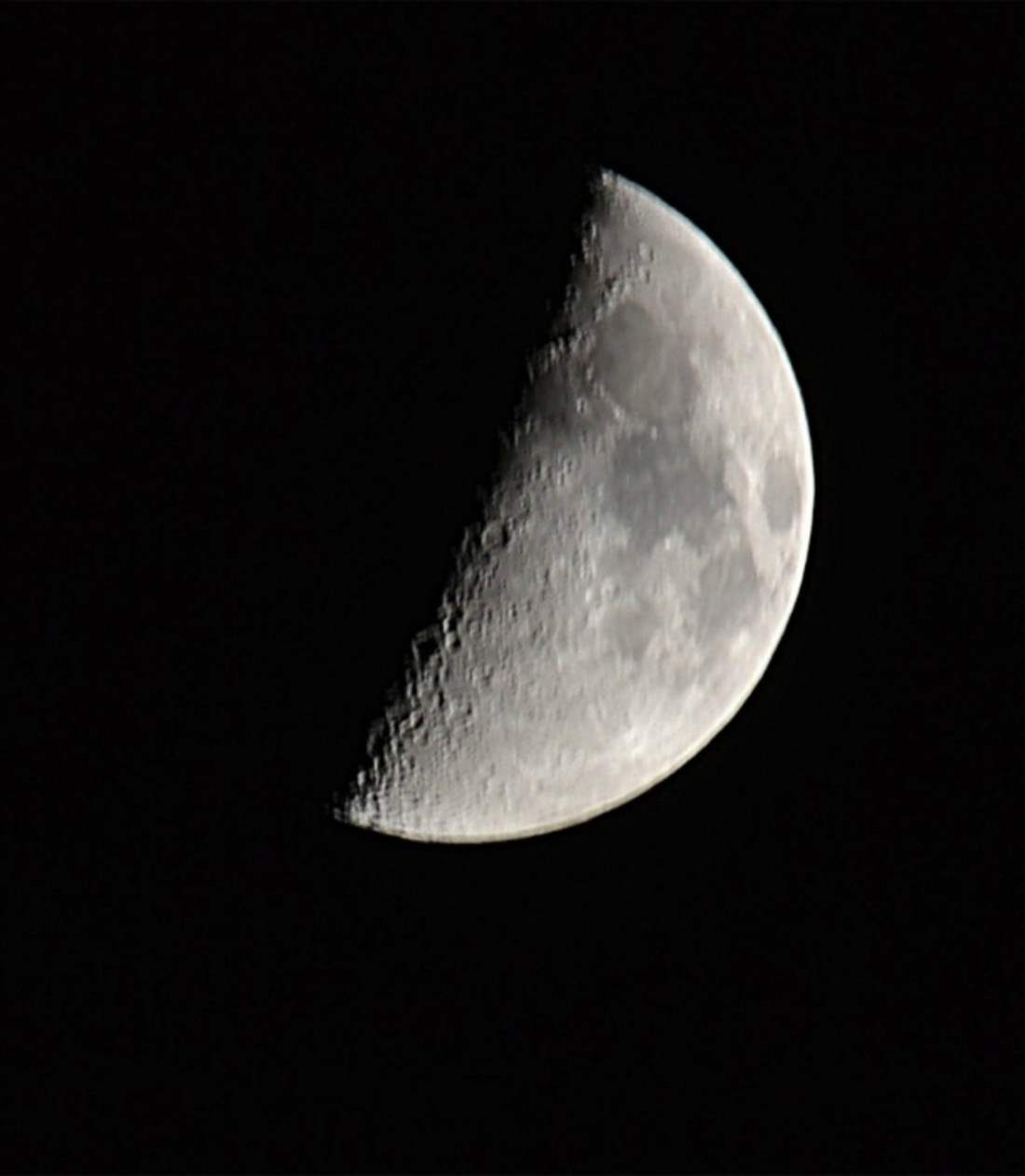
Sorry, Pink Floyd fans, the only dark side of the moon is on your old LPs. There's a far side, there's a near side, but all sides at some point in the day get sunlight.
Nothing is faster than the speed of light

What is faster than the speed of light? How about the Big Bang? The universe expanded faster than the speed of light. Quantum theory predicts that quantum entanglement — that is, the connection between particles and their reactions — moves faster than the speed of light. And then, you can just warp space-time and boom! Faster than light. (But that's theoretical, too.)
The moon is close to earth
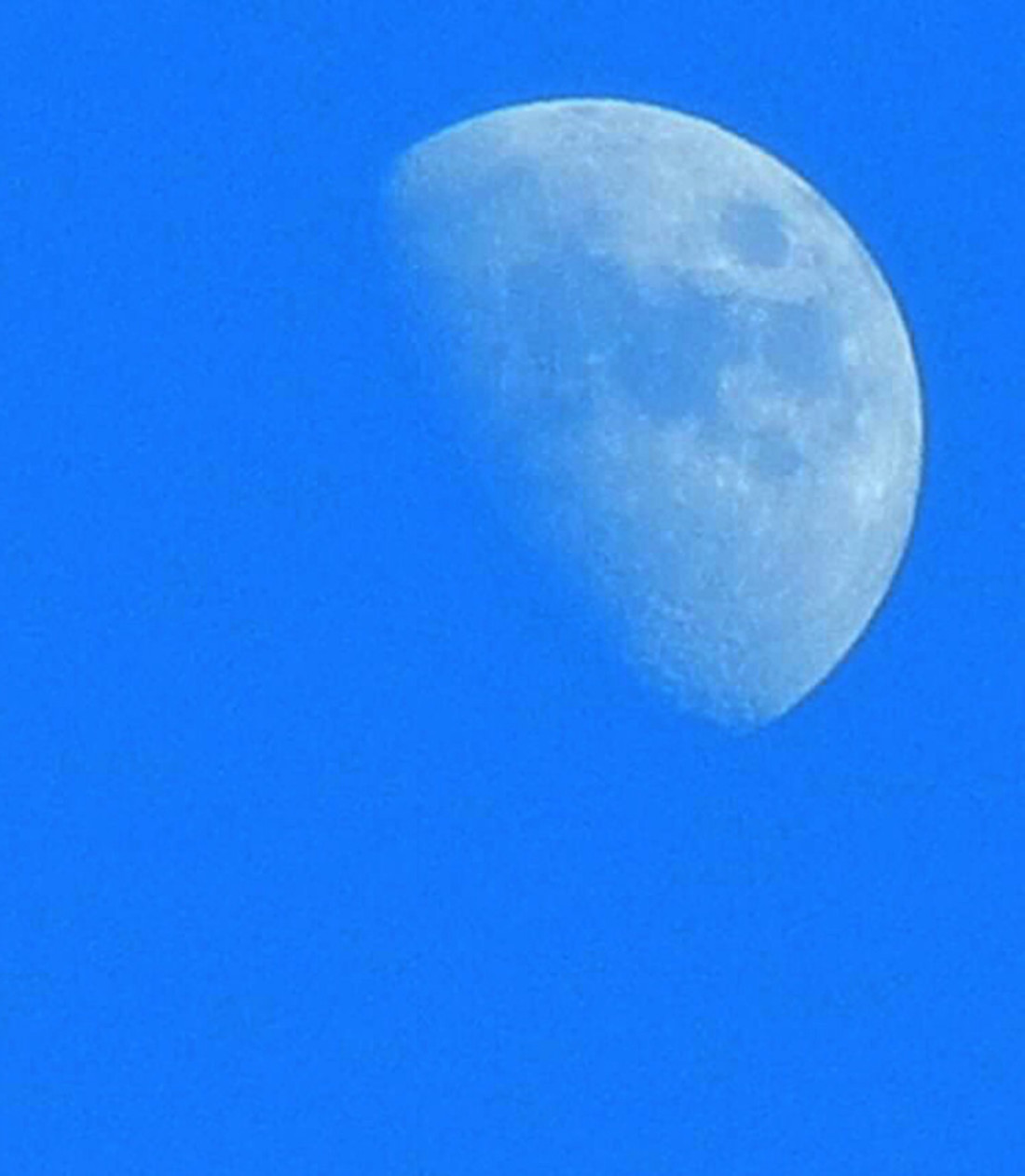
All these supermoons we keep experiencing sure make the moon seem close to the Earth. Close is relative, but the simple fact is: The moon's not as close as it appears. It's 30 Earths — or 238,855 miles — away from Earth (on average). That's far!
Summer means the sun is closer

Seasons and, therefore, climates, depend on what time of year it is and which hemisphere you're in. Time of year is important because the Earth orbits the sun on an axis (meaning, the Earth that we are used to seeing on globes) is actually tilted. So, at some points in the 365-day orbit, there's longer exposure to the sun. In the summer months, the sun shines directly on the Northern Hemisphere and indirectly on the Southern Hemisphere — and vice versa for the winter.
Nuclear weapons protect us from asteroids
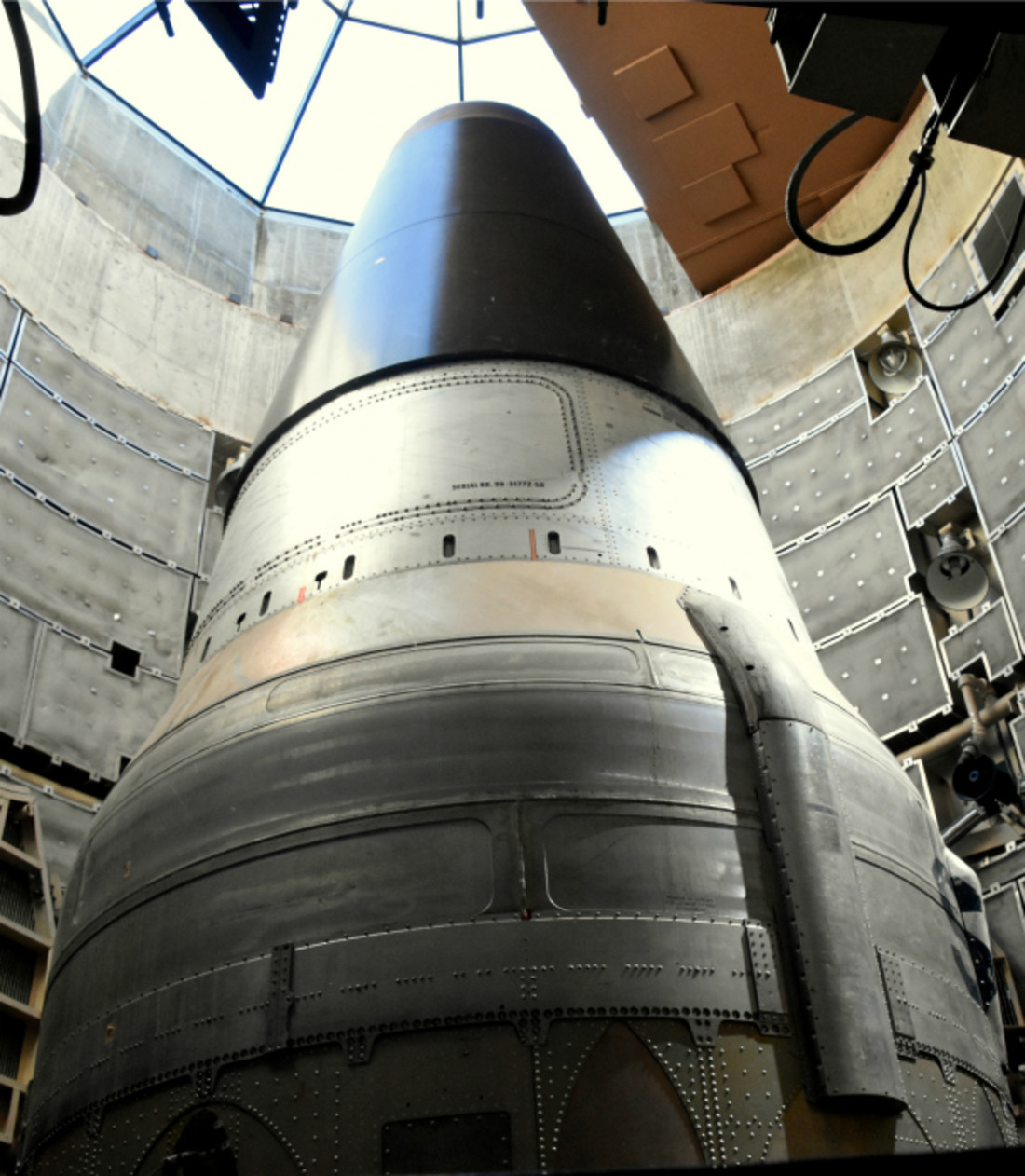
In the movies, sending a nuclear weapon up to vaporize an asteroid works great. In reality, it'd be a mess. Nothing would get vaporized — just blown apart into smaller (but likely still pretty big) pieces that would hit Earth in more places and wreck even more stuff.
The sun is always yellow

The sun isn't really yellow. And — are you sitting down? — the sky isn't really blue. These colors are just the way sunlight gets scattered in the atmosphere and creates different wavelengths of light.
